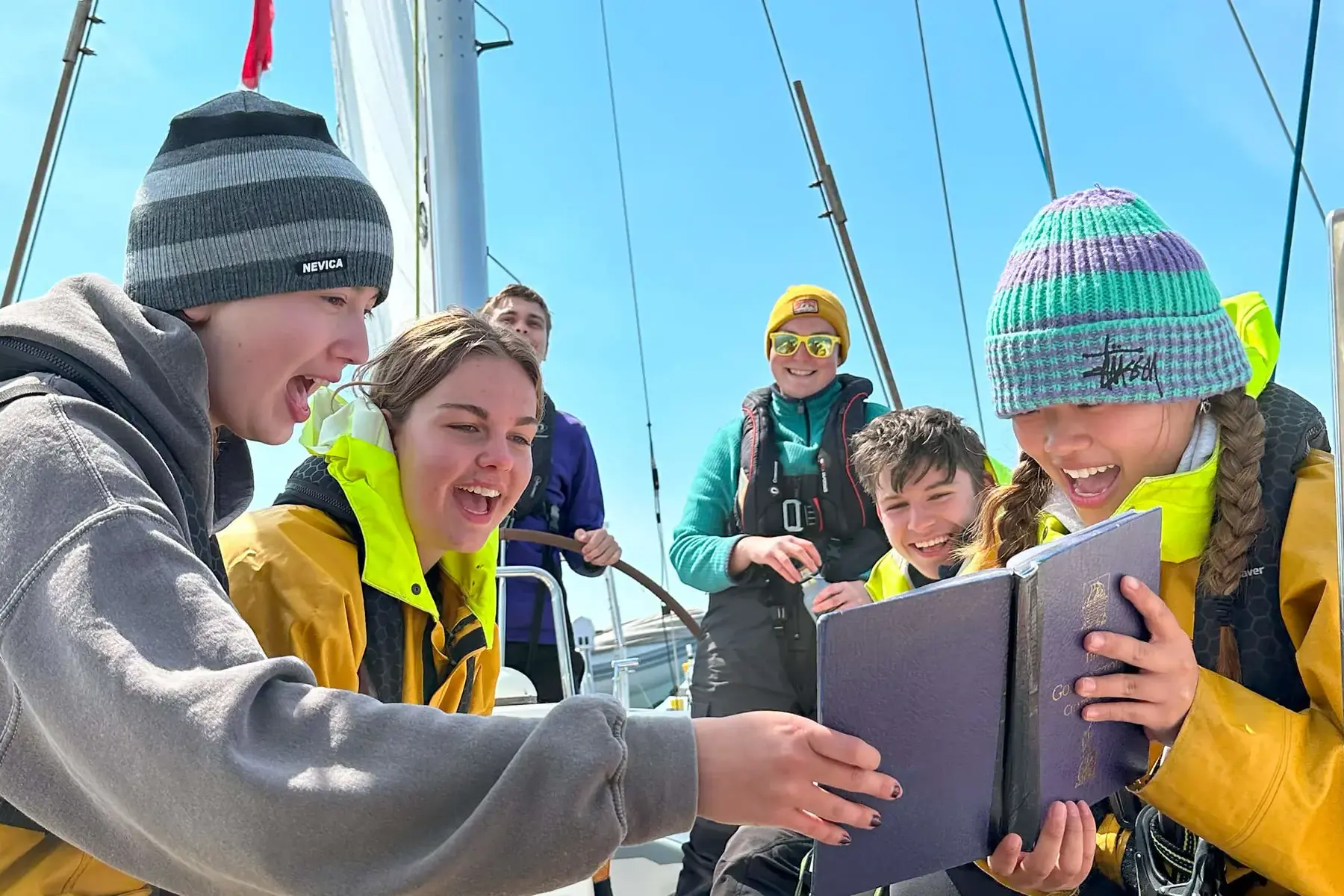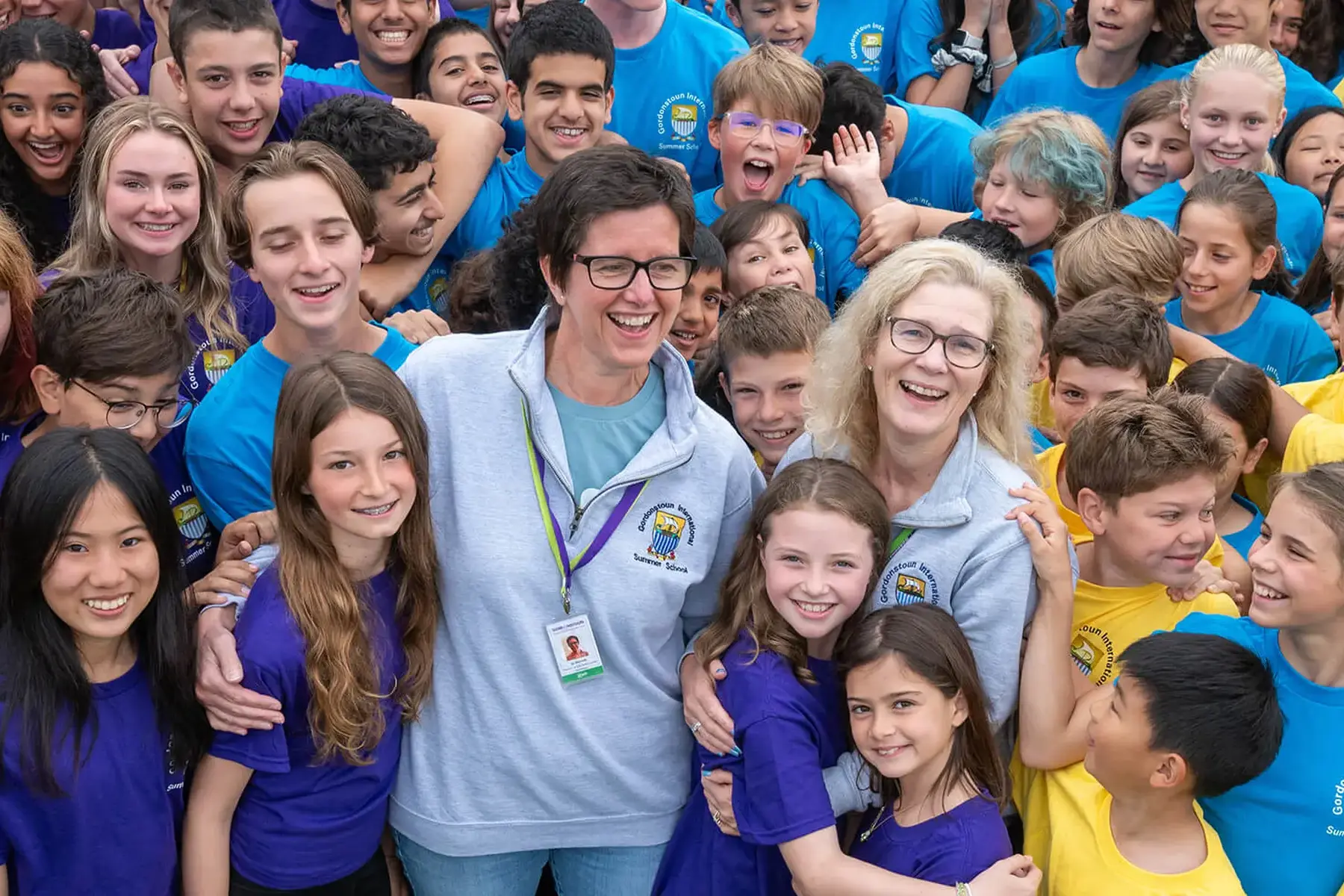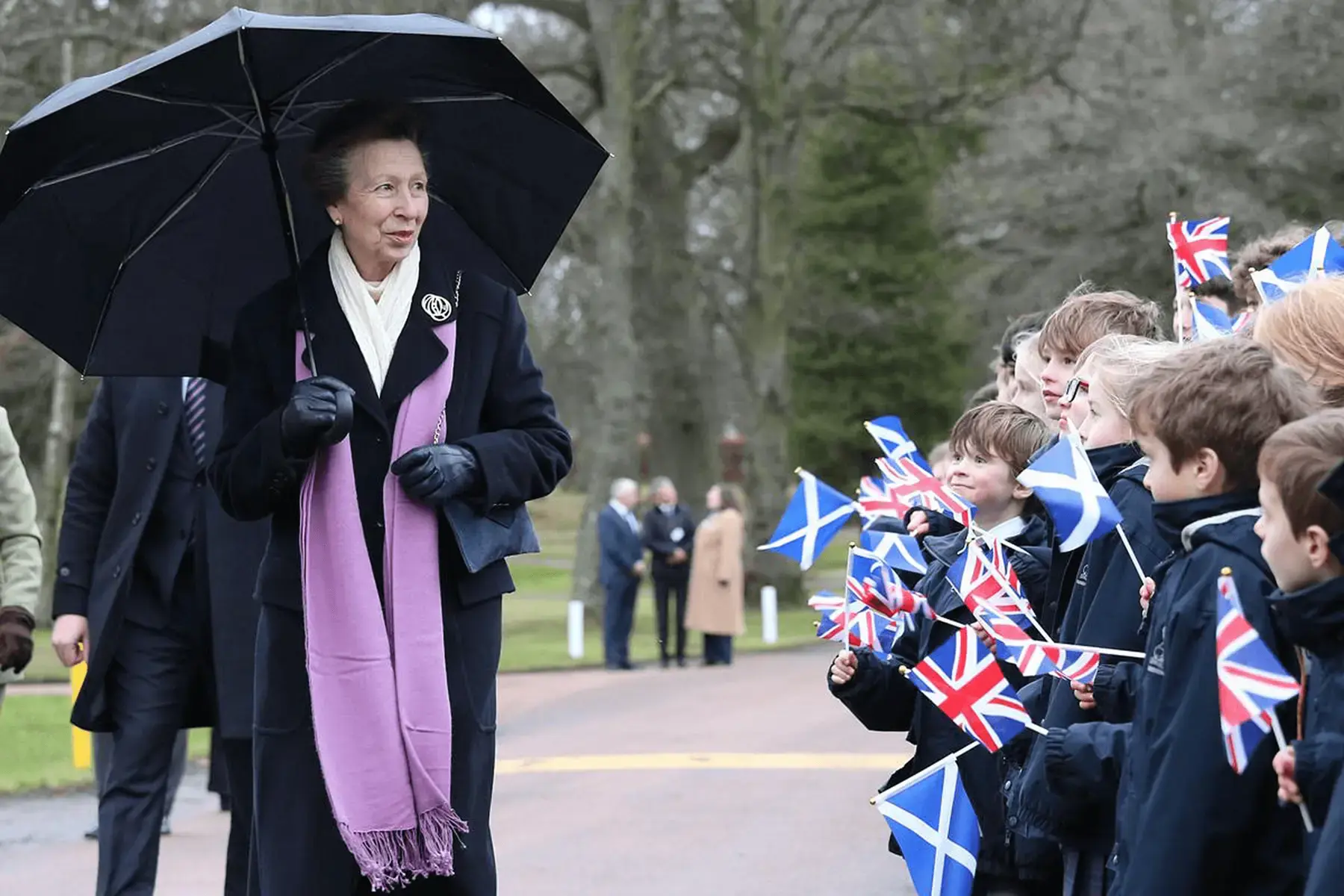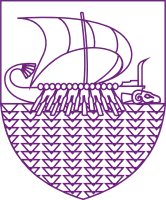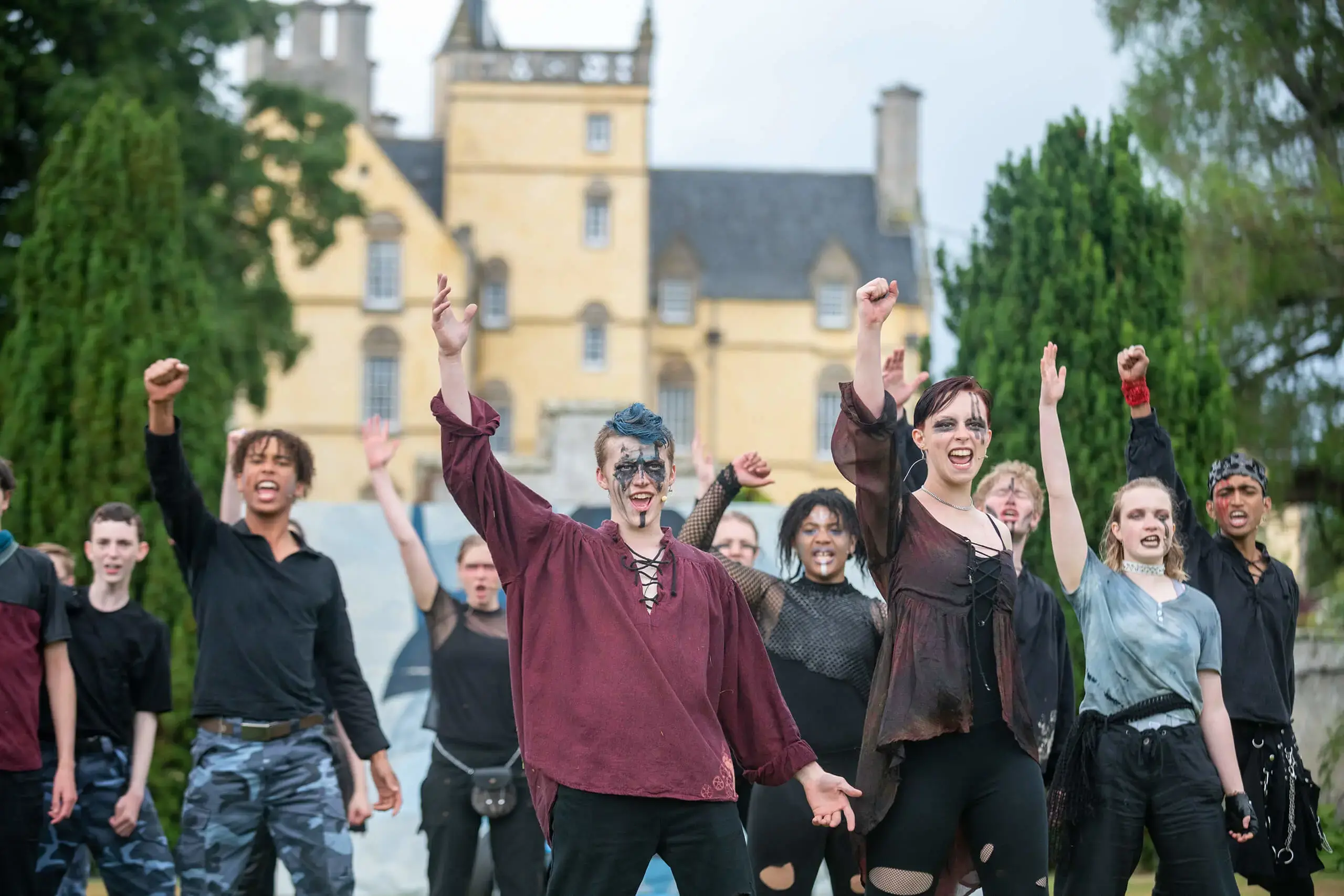-
Fri, 07 Nov 2025
Staff Spotlight: Millie McCallion, Emotional Guidance Coach and DDSL
-
Fri, 26 Sep 2025
Outdoor Education, a positive outlet for youthful energy
-
Wed, 17 Sep 2025
Wreath Making 2025
-
Mon, 15 Sep 2025
Murder Mystery Dinner at Gordonstoun
-
Mon, 15 Sep 2025
Gordonstoun and Leiths cook up a storm with new partnership
-
Mon, 08 Sep 2025
Student gets on his bike to complete NC500
-
Wed, 03 Sep 2025
Gordonstoun signs up former International football Manager
-
Thu, 31 Jul 2025
Gordonstoun partnership with renowned piano maker
-
Tue, 29 Jul 2025
Gordonstoun backs reopening of adventure centre in the Cairngorms
-
Sun, 27 Jul 2025
Taking on the World famous Tall Ships Race
-
Tue, 24 Jun 2025
Royal opening of new Coastguard Centre
-
Tue, 20 May 2025
Gordonstoun pipers mark 70th celebrations
-
Tue, 20 May 2025
On their marks: Gordonstoun launches ambitious sports strategy
-
Sat, 01 Mar 2025
Gordonstoun in Wales
-
Fri, 28 Feb 2025
Inquiry based learning
-
Fri, 07 Feb 2025
Staff Spotlight: Chris Rose, Director of Admissions and Marketing
-
Tue, 14 Jan 2025
Wendy and Peter Pan - Reviews and Reflections
-
Fri, 03 Jan 2025
Staff Spotlight: Carlie Beavan, Head of Chemistry
-
Fri, 13 Dec 2024
Staff Spotlight: Andrew Reeve, Teacher of Maths
-
Sun, 17 Nov 2024
The Epic Constancy of Daily Service
-
Fri, 08 Nov 2024
Staff Spotlight: Bevan Dell, House Parent and Teacher of Biology
-
Mon, 14 Oct 2024
Students go ‘green’ with launch of new enterprise
-
Fri, 11 Oct 2024
Gordonstoun Pipe Band trip wins National Award
-
Fri, 27 Sep 2024
Peace One Day
-
Tue, 10 Sep 2024
Peter Green takes up Principal post at Gordonstoun
-
Fri, 06 Sep 2024
Staff Spotlight: Richard Wormald, Teacher of PE
-
Fri, 09 Aug 2024
Staff Spotlight: Joanna Hargreaves, Hopeman Matron
-
Fri, 02 Aug 2024
Staff Spotlight: Ross Burgess, Head Chef
-
Tue, 09 Jul 2024
Staff Spotlight: Janine Korologa, Sports Coach
-
Mon, 24 Jun 2024
Gordonstoun granted Royal Patronage by The King
-
Tue, 23 Apr 2024
Gordonstoun Cooks Up a New Breakfast Menu
-
Tue, 16 Apr 2024
New Multi-Million-Pound School Expansion Plan Announced
-
Mon, 04 Mar 2024
Staff Spotlight: Rachael Waring, Healthcare Centre Manager
-
Fri, 23 Feb 2024
Staff Spotlight: Jess Noakes, Prep School House Parent
-
Wed, 21 Feb 2024
Is boarding school right for my child?
-
Fri, 09 Feb 2024
Staff Spotlight: Becky Cathro, Chemistry Technician
-
Wed, 07 Feb 2024
How Active Revision Transformed My Child's GCSE Experience
-
Wed, 31 Jan 2024
What Does the Future of Boarding Look Like
-
Wed, 24 Jan 2024
An Alumni’s Insight on Life Beyond Gordonstoun
-
Thu, 18 Jan 2024
Climate Change Champion Receives Recognition
-
Fri, 12 Jan 2024
Staff Spotlight: Vicki Medina, English Teacher and Lit. Co-ordinator
-
Mon, 01 Jan 2024
5 Innovative Study Techniques to Boost Your Learning in the New Year
-
Tue, 19 Dec 2023
Gordonstoun: Where Education Meets Adventure
-
Fri, 15 Dec 2023
Staff Spotlight: House Parent Dan Mclean
-
Wed, 13 Dec 2023
What Makes Weekends at Gordonstoun Prep School So Unforgettable
-
Fri, 01 Dec 2023
Staff Spotlight: Deputy Head Groundsperson Paul Black
-
Mon, 27 Nov 2023
What Do We Do in the Face of Conflict?
-
Thu, 16 Nov 2023
Sailing to Success




